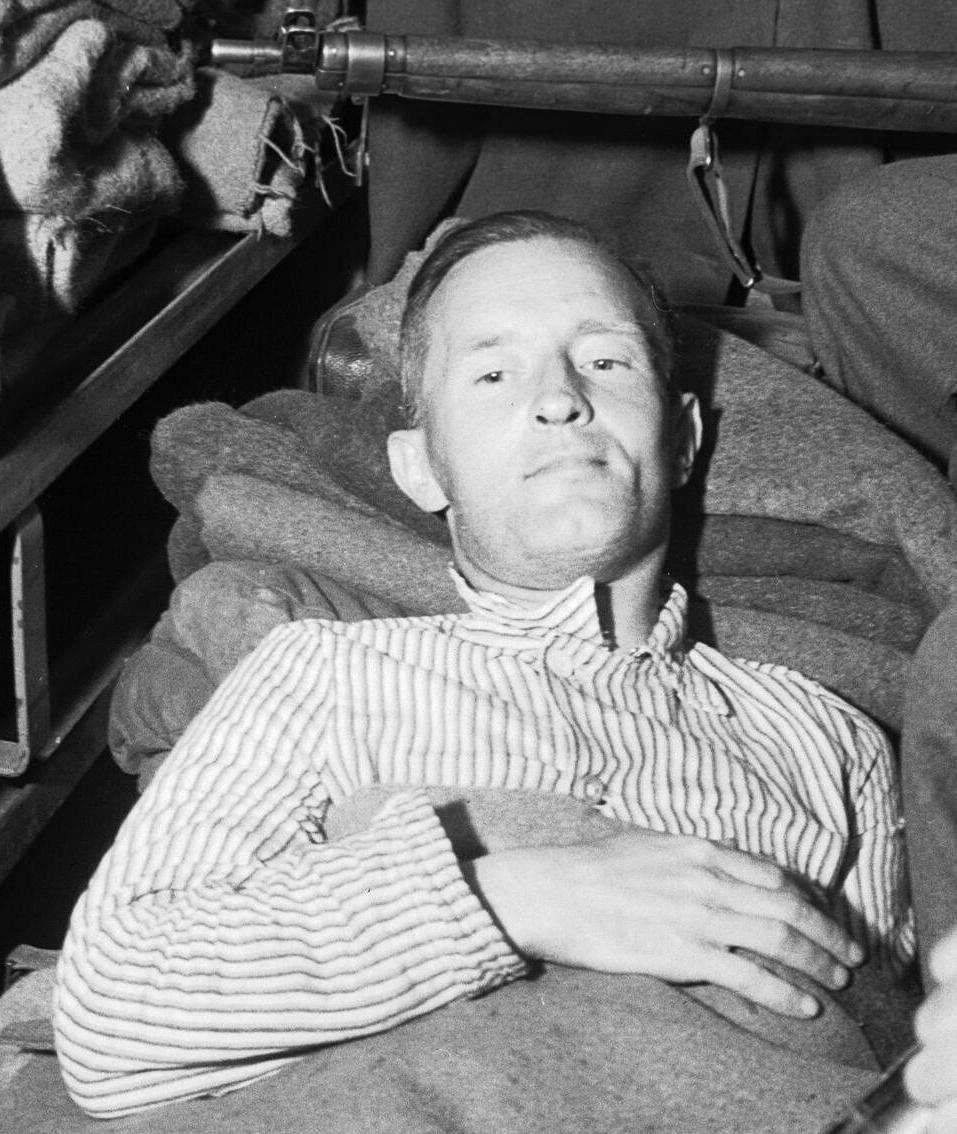Celebrating the long-awaited liberation of Paris on August 25, 1944, jubilant young women embrace an Allied soldier. Speaking to the citizens of the capital, General Charles de Gaulle, leader of the Free French forces, proudly proclaimed: "Paris broken, Paris martyred, but Paris liberated by her own people."
Photo: Archive Photos
Despondent officers of the Wehrmacht sit in the hallway of the Hotel Majestic, their former headquarters, in Paris. The German commander of Paris, General Dietrich von Choltitz, ignored Hitler's order to destroy the city, reasoning that to do so would be valueless as well as destructive. After some fighting, his army surrendered to the first French forces to enter Paris, the Second Armored Division commanded by General Jacques Leclerc, on August 25, 1944. Four years of German rule in France ended with the Wehrmacht outmaneuvered, outgunned, and in full retreat.
Photo: Suddeutscher Verlag Bilderdienst
General Charles de Gaulle leads the victory parade from the Arc de Triomphe down the Champs Élysées in Paris on August 26, 1944. A towering symbol of the French will to defeat the Nazis, de Gaulle became premier of the Provisional French government at the end of the month.
Photo: Bildarchiv Preussischer Kulturbesitz















